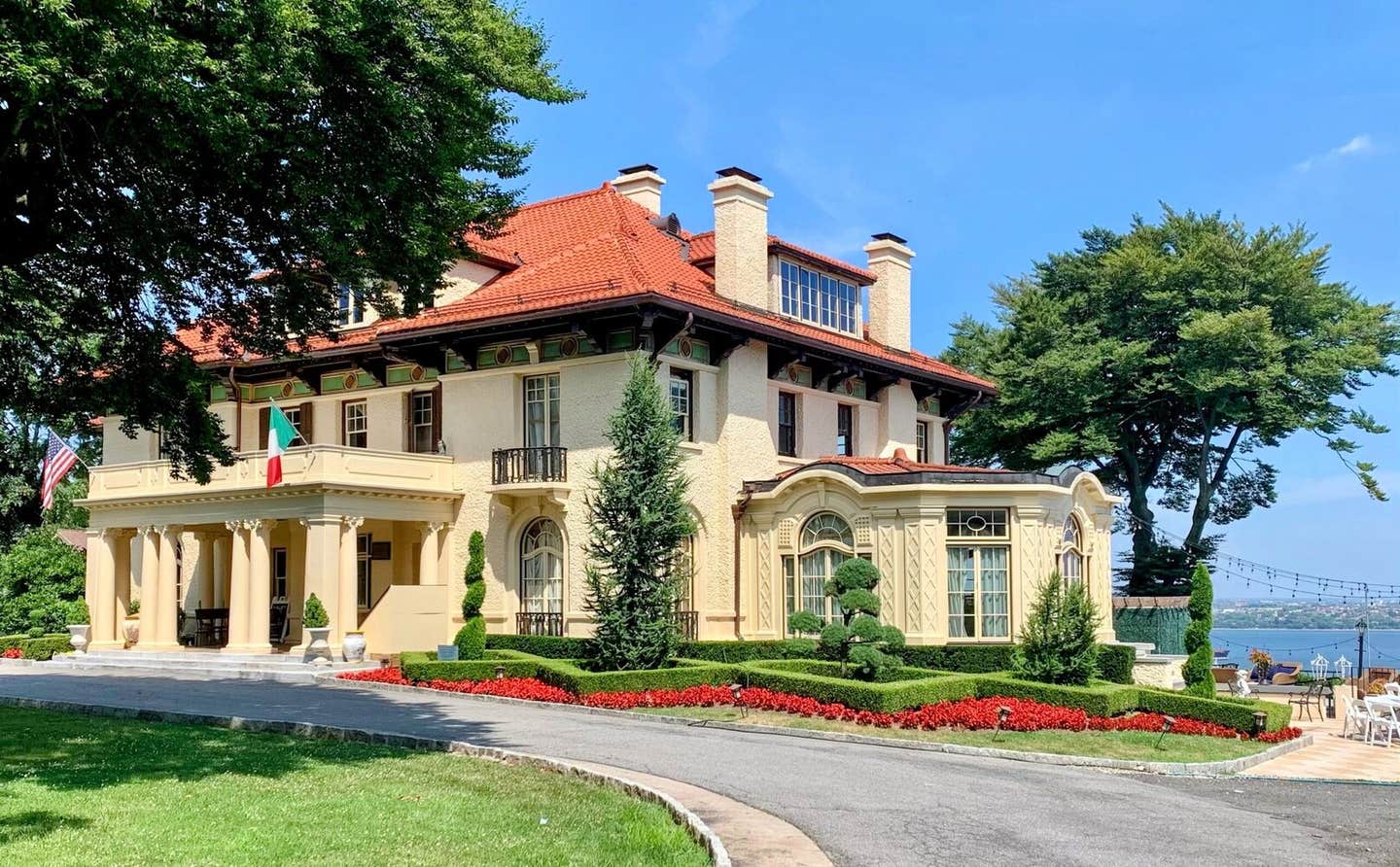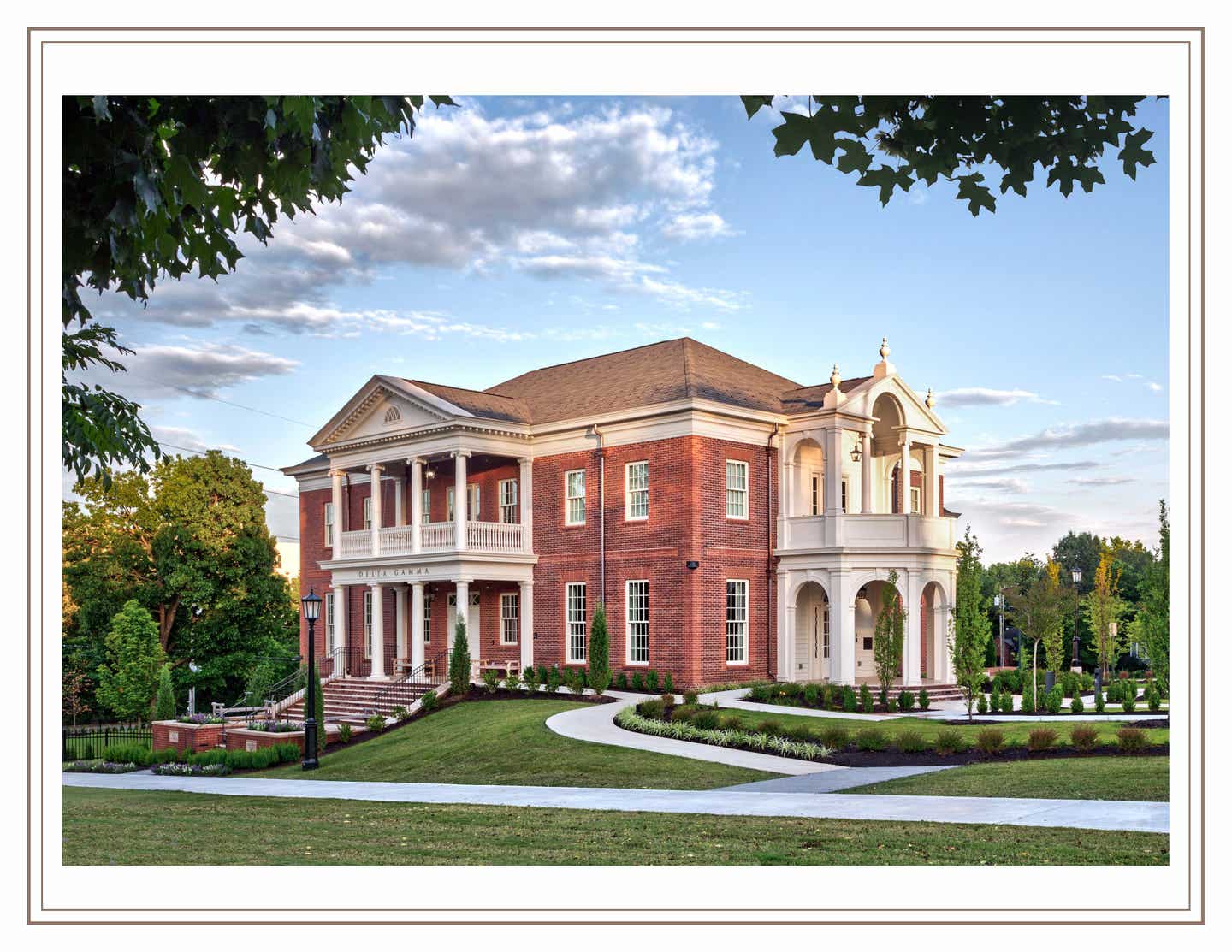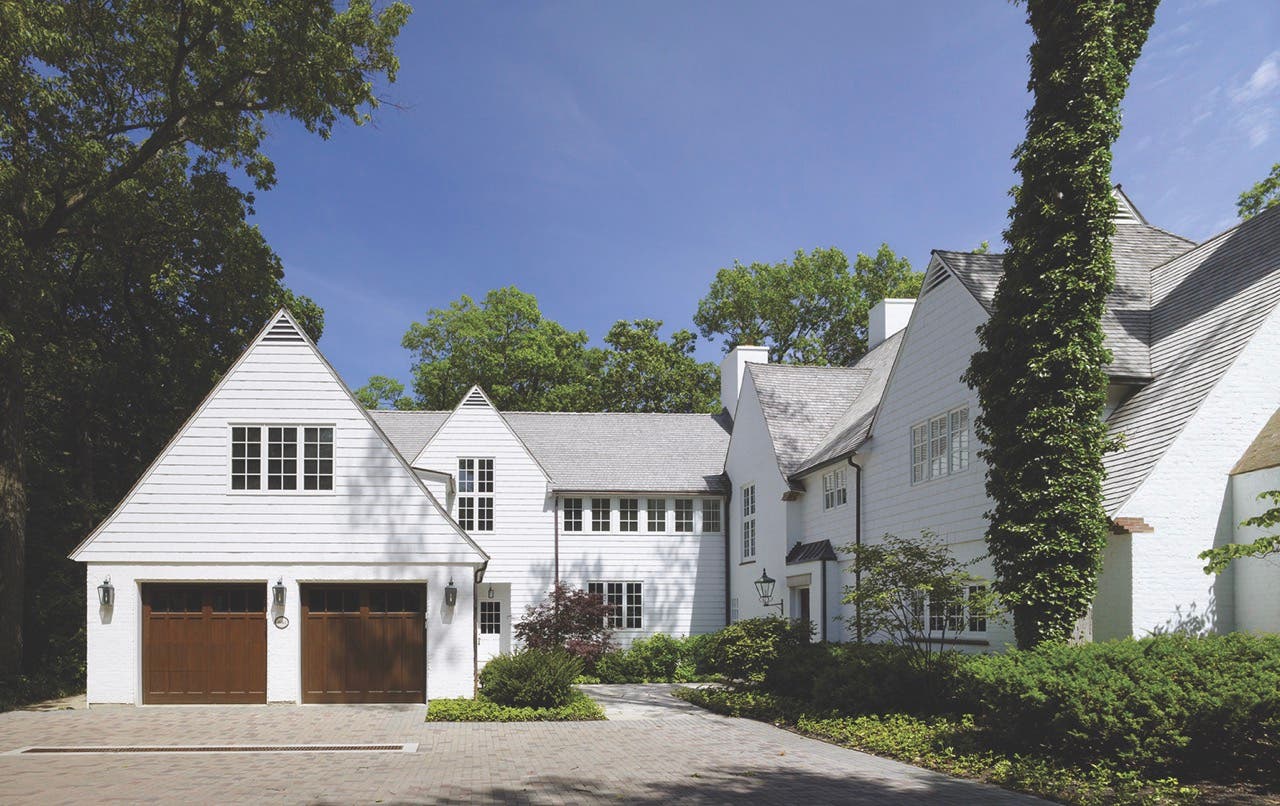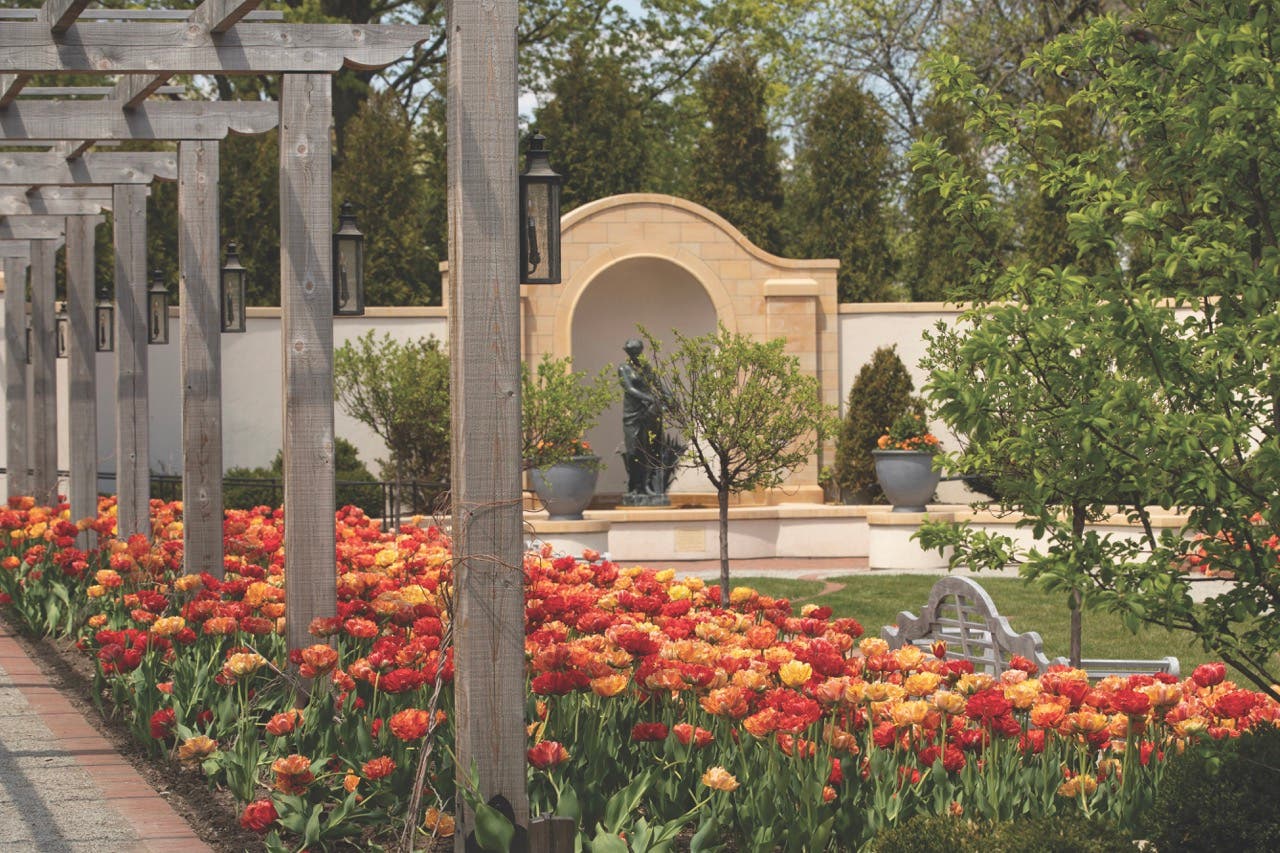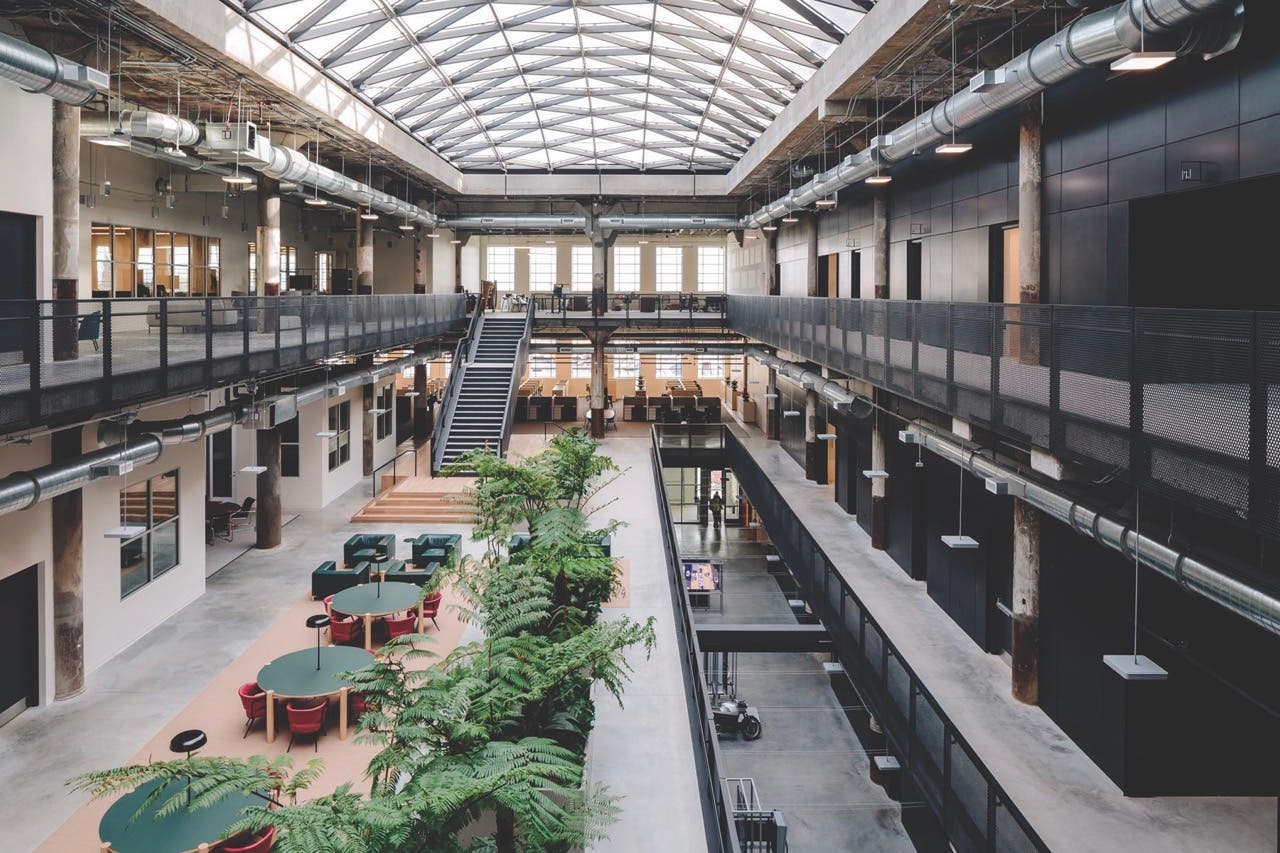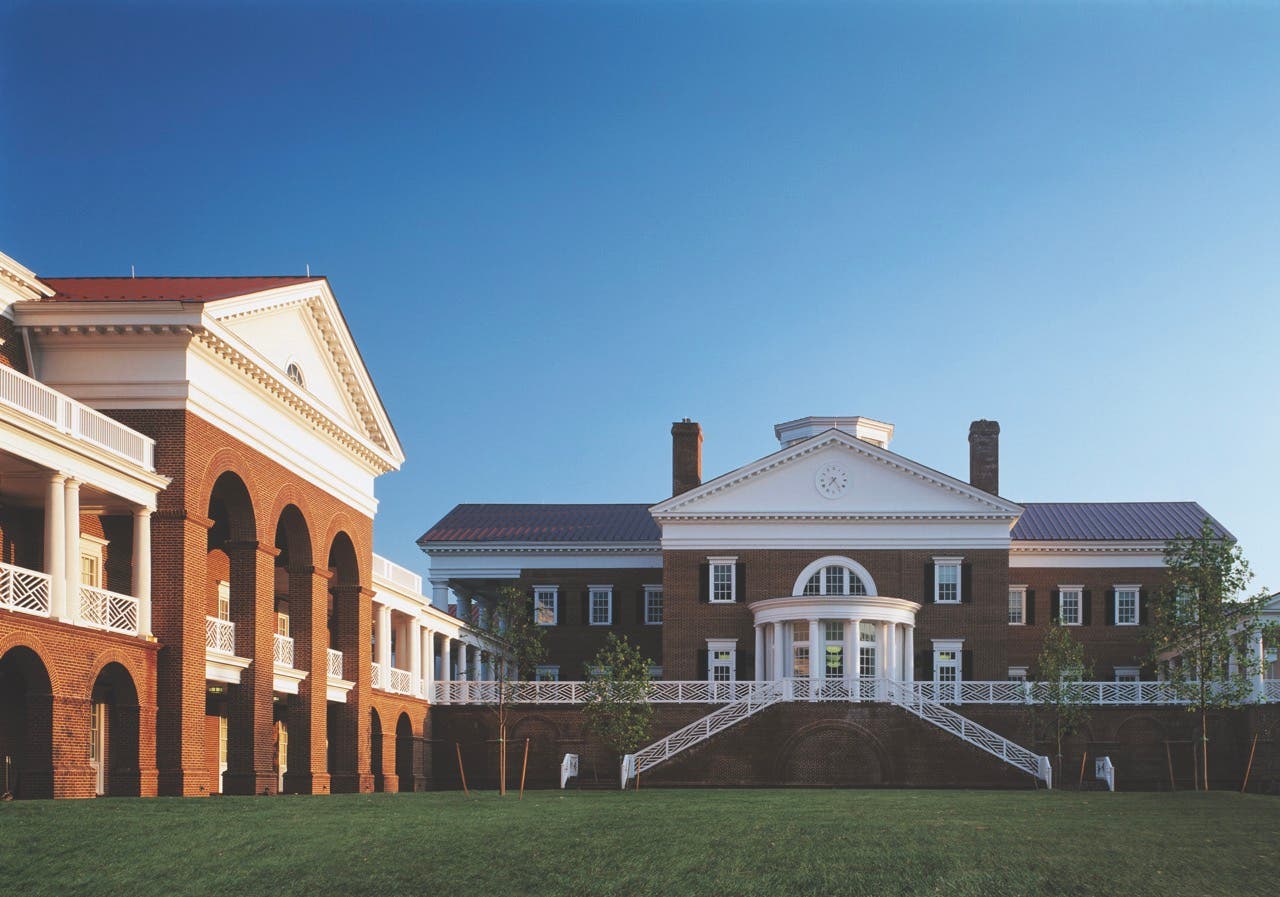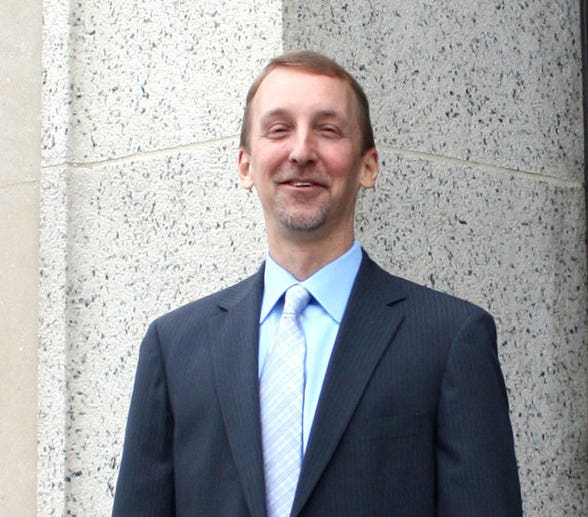
Features
The 25 – Brian Goeken
For the last 12 years, Brian Goeken has played an important role in setting the standards of the country’s national preservation program as the head of the Technical Services Office of the National Park Service.
The office certifies historic rehabilitation projects for the Historic Tax Credit program and issues widely used standards, guidance, and technical preservation information on the care and treatment of historic buildings.
The tax credit program has generated over $123 billion in private investment in historic rehabilitation since it was established in 1976. Not only has it preserved historic buildings and ensured their continued economic viability, but it also has catalyzed further development, generating jobs, creating affordable housing, and supporting Main Street development across America.
Goeken became interested in architecture, historic buildings, and historic places at an early age. After earning a degree in architecture, he got advanced degrees in historic preservation and urban planning.
After working in a small architecture firm in New York City, he took a job with the City of Pasadena staffing its design and cultural heritage commissions, then joined the City of Chicago’s Department of Planning and Development, where, as a deputy commissioner, he led the historic preservation program for a decade.
Under his direction, the Technical Services office is working on new and revised technical guidance to address such topics as climate change, natural hazards, and resilience; sustainability and energy efficiency; affordable housing and community revitalization; the use of substitute materials; and mid-century resources and materials.
“What is exciting about what we do is that our work facilitates the rehabilitation of historic buildings, making a real impact in people’s lives and the local economies of communities, and it helps ensure that these buildings will be preserved for future generations to use and enjoy,” he says.




